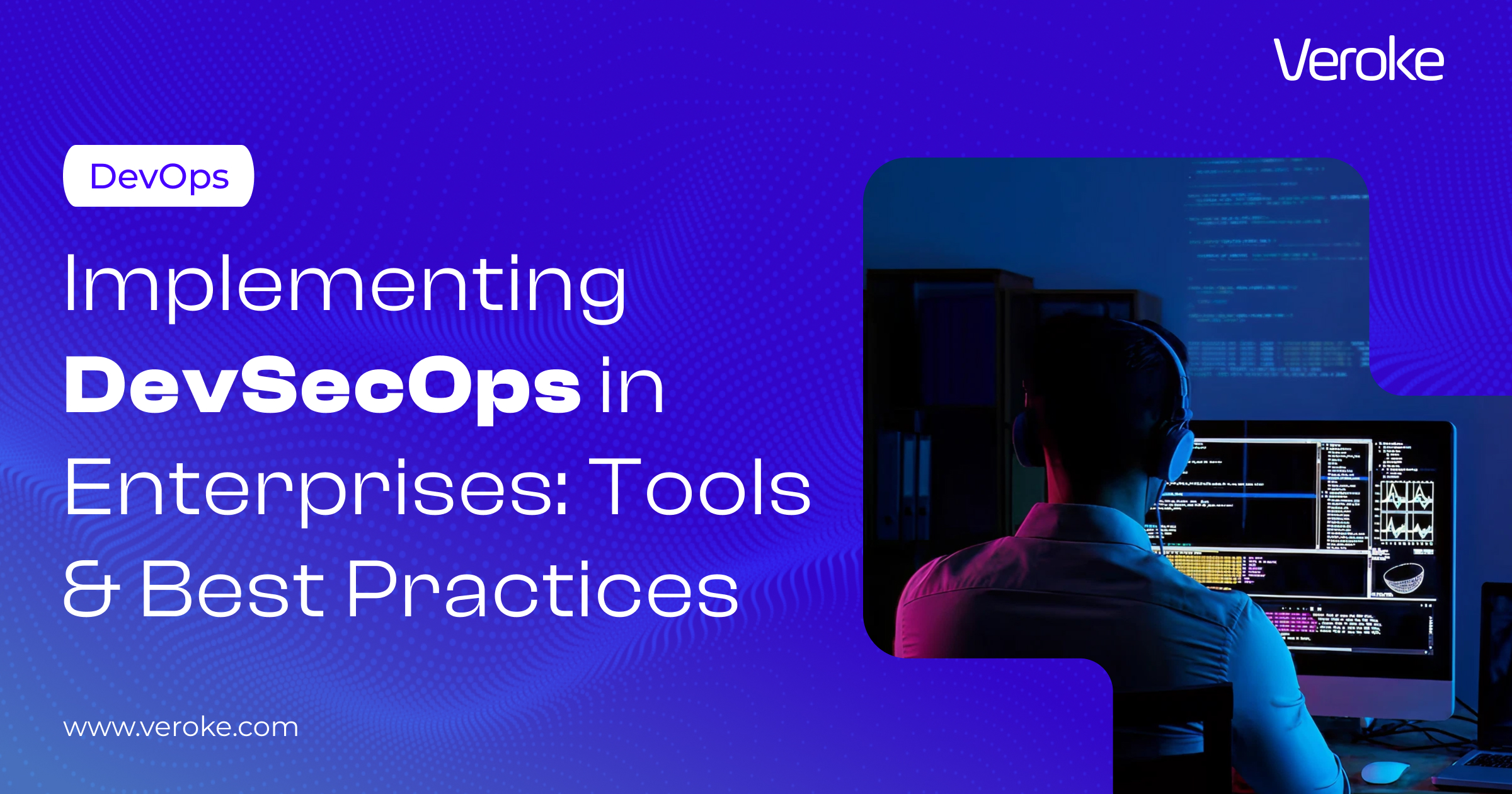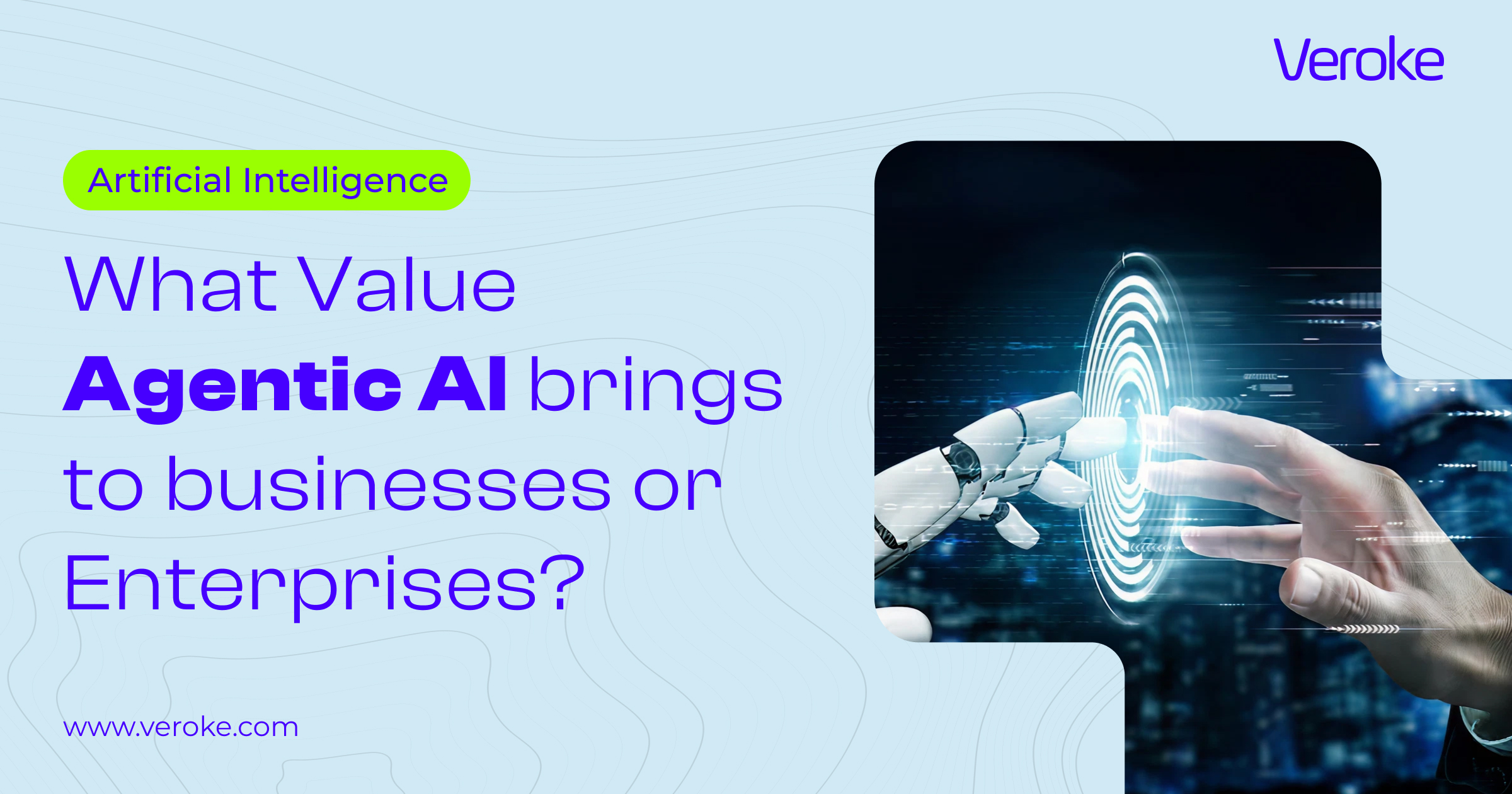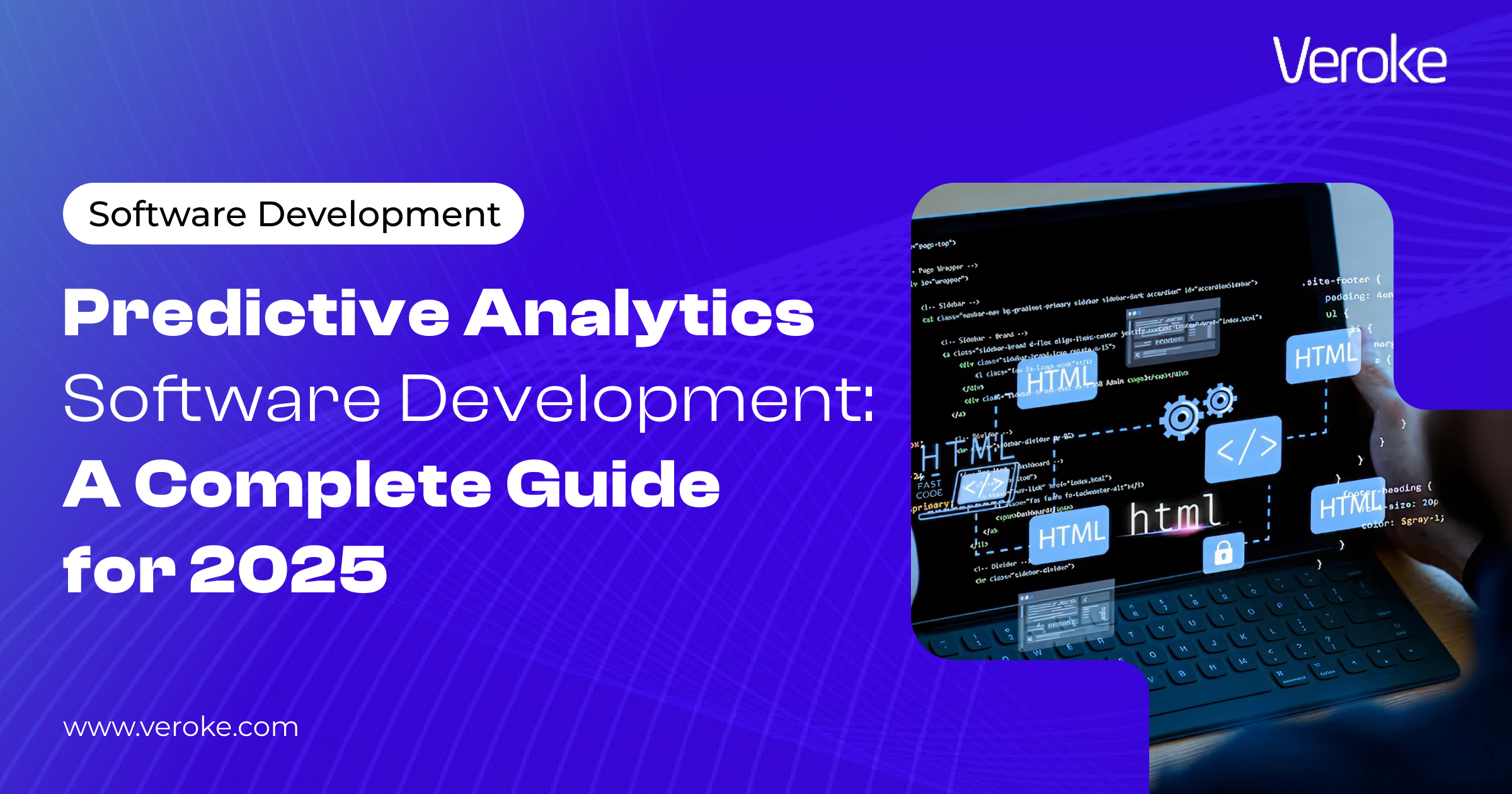Overview
Inside Saudi’s Tech Transformation
Get exclusive weekly insights into how the Kingdom is powering Vision 2030.
TL;DR
- Childcare management software automates routine admin tasks like attendance, billing, and reporting, saving staff valuable time.
- It improves parent engagement by offering real-time updates, photos, and easy communication tools.
- Staff scheduling, performance tracking, and records become more efficient through automation.
- Compliance is simplified with digital documentation and automated reporting.
- By reducing errors and streamlining billing, it boosts revenue and enhances parent satisfaction.
Running a successful childcare center isn’t just about nurturing children; it’s also about navigating schedules, billing, compliance, staff management, and meeting rising parent expectations.
In fact, research shows that childcare educators spend only about 2.5 hours of quality time each day with children, as administrative distractions like daily diaries and compliance paperwork consume the rest of their day, sometimes even creating safety risks in the sector.
With rising regulatory requirements, increasing competition, and heightened expectations from millennial and Gen Z parents, efficiency isn’t a luxury, it’s a necessity. Childcare management software provides the digital tools needed to stay compliant, competitive, and parent-friendly in today’s demanding environment.
What Exactly Is A Childcare Management Software?
Childcare management software is a centralized digital platform designed to streamline the daily operations of childcare centers, preschools, and early education facilities.
Think of it as your mission control system, consolidating:
- Enrollment and registration
- Attendance tracking
- Billing and payments
- Parent communication
- Staff scheduling and performance management
- Compliance documentation and reporting
- Financial analytics
Instead of juggling paperwork or multiple apps, everything is managed from one secure, cloud-based system. This not only cuts down on inefficiencies but also ensures data security, faster decision-making, and smoother collaboration among staff, parents, and administrators.
Benefits of ChildCare Management Software

1. Simplifying Financial Management and Transparency
Effortlessly streamline the financial operations of your center by utilizing childcare software. This allows you to efficiently track expenses, generate detailed financial reports, and create comprehensive budgets.
This not only simplifies the handling of your center’s finances but also equips you with the necessary insights to make informed decisions, ensuring prudent financial management and staying within your budgetary limits.
Also, childcare software plays a pivotal role in enhancing parental involvement and engagement. By providing a user-friendly platform, it facilitates parents’ access to real-time updates on their child’s daily activities and developmental milestones.
This level of transparency not only strengthens the trust between parents and your center but also nurtures a deeper connection, reinforcing the partnership in their child’s growth and development.
2. Elevating Staff Management
For owners of early childcare centers, handling staff can be a major hurdle. Childcare management software offers a solution by simplifying this task, enabling effortless tracking of employee attendance, performance evaluations, and training progress.
Additionally, the software facilitates shift scheduling and staff roster creation, minimizing the chances of overbooking or inadequate staffing.
3. Improving Communication
Smooth communication plays a key role in the efficient operation of a childcare center. Childcare management software offers a streamlined platform to facilitate communication among staff, parents, and management.
For example, the software enables the dissemination of mass emails or text notifications to parents, keeping them informed about upcoming events or crucial announcements. Similarly, it aids in scheduling staff meetings and dispatching reminders to staff regarding imminent tasks.
4. Automating Administrative Tasks
A childcare management software program simplifies a variety of administrative tasks, such as billing, enrollment, and recordkeeping. By automating these processes, you not only save valuable time but also mitigate the risks associated with human errors.
For instance, the software seamlessly generates invoices and dispatches them to parents, eliminating the need for manual bill preparation. Consolidating all center operations into a singular platform, childcare software becomes a centralized hub, optimizing time and effort.
With the software, you can get the facility attendance management, session management, and electronic dispatch of invoices and reports. This reduces paperwork demands, allowing you to focus more on providing high-quality care to the children in your care.
5. Simplifying Finances and Reducing Costs
You can manage your center’s money more easily with childcare software that tracks expenses, generates financial reports, and creates budgets. This way, you can make smarter financial choices and ensure you’re sticking to your budget.
Childcare software isn’t just about managing money; it’s about saving as well. By going digital, you can get rid of paper records, which saves money on printing and storage. All these steps add up to lower overall expenses and a healthier financial situation for your center.
Case Study: How Star Days Nurseries Transformed Operations with Cloud-Based Childcare Software
Star Days Nurseries (SDN), a growing UK-based nursery chain, faced a challenge familiar to many childcare providers: outdated desktop-based software that simply couldn’t keep up with scale. Educators were stuck with manual attendance logs, invoicing delays, and disconnected HR and classroom systems.
The result? Staff spent hours on admin instead of engaging with children, billing errors frustrated parents, and leadership had no centralized visibility across branches.
That’s when SDN partnered with Veroke to reimagine its operations. Together, we built a cloud-based ecosystem with a teacher-friendly Android app and a centralized web dashboard, giving staff real-time tools for the classroom and administrators a clear overview of performance.
The impact was immediate and measurable:
95% accuracy in real-time child and staff attendance logging
30% reduction in administrative workload across locations
70% faster invoice generation and reconciliation
100% uptime after AWS deployment, ensuring uninterrupted access
By digitizing workflows like attendance, HR, and billing, SDN not only eliminated error-prone manual tasks but also gained the agility to expand confidently across the UK. What began as a search for a better attendance system evolved into a full-scale digital transformation that aligned technology with the realities of early years education.
Final Verdict
In a nutshell, childcare software serves as a valuable asset, streamlining operations and amplifying the care quality for the children within your center. Its implementation not only saves time but also enhances communication, promotes transparency, and adeptly manages various tasks.
Consider these benefits thoroughly before adopting childcare software to enhance your center’s management significantly. When it comes to the search for the ideal childcare management software for your preschool, Star Days Nurseries (SDN) stands as the complete solution.
This software caters comprehensively to the essential needs of a preschool, covering key areas such as financial management, human resource management, class scheduling, and occupancy management.
So, if you’re interested, schedule a demo now to see how we can help you streamline your administrative tasks.
FAQs
1. What is the difference between a POC, Prototype, and MVP?
A Proof of Concept (POC) validates whether an idea is technically feasible. A prototype shows how the product will look and function, mainly focusing on user experience. An MVP (Minimum Viable Product) is a working version with core features to test market demand. Each serves a unique purpose at different stages of product development.
2. Why should startups invest in a POC before development?
Startups often have limited budgets, and fail because they build products without validating demand or feasibility. A POC reduces risk by confirming whether the idea is worth pursuing before full-scale development.
3. How long does it take to develop a POC?
On average, a POC can take 2 to 6 weeks, depending on the complexity of the project, available resources, and industry standards. Unlike full product development, it’s meant to be lean, quick, and focused only on proving feasibility.
4. Can a POC guarantee product success?
Not entirely. A POC confirms technical feasibility but doesn’t always guarantee market success. For that, startups often follow up with a prototype and MVP to validate user adoption and scalability. Think of POC as the first checkpoint in reducing risks.
5. Do enterprises need POCs, or is it just for startups?
Both benefit. Startups use POCs to validate ideas affordably, while enterprises use them to test innovation in complex systems before scaling. For example, a healthcare company might run a POC to validate compliance and integrations before committing resources.
Want to know more about our service.
Inside Saudi’s Tech Transformation
Get exclusive weekly insights into how the Kingdom is powering Vision 2030.
Transform your Ideas into a Digital Reality
Get scalable, customized solutions for your business.




